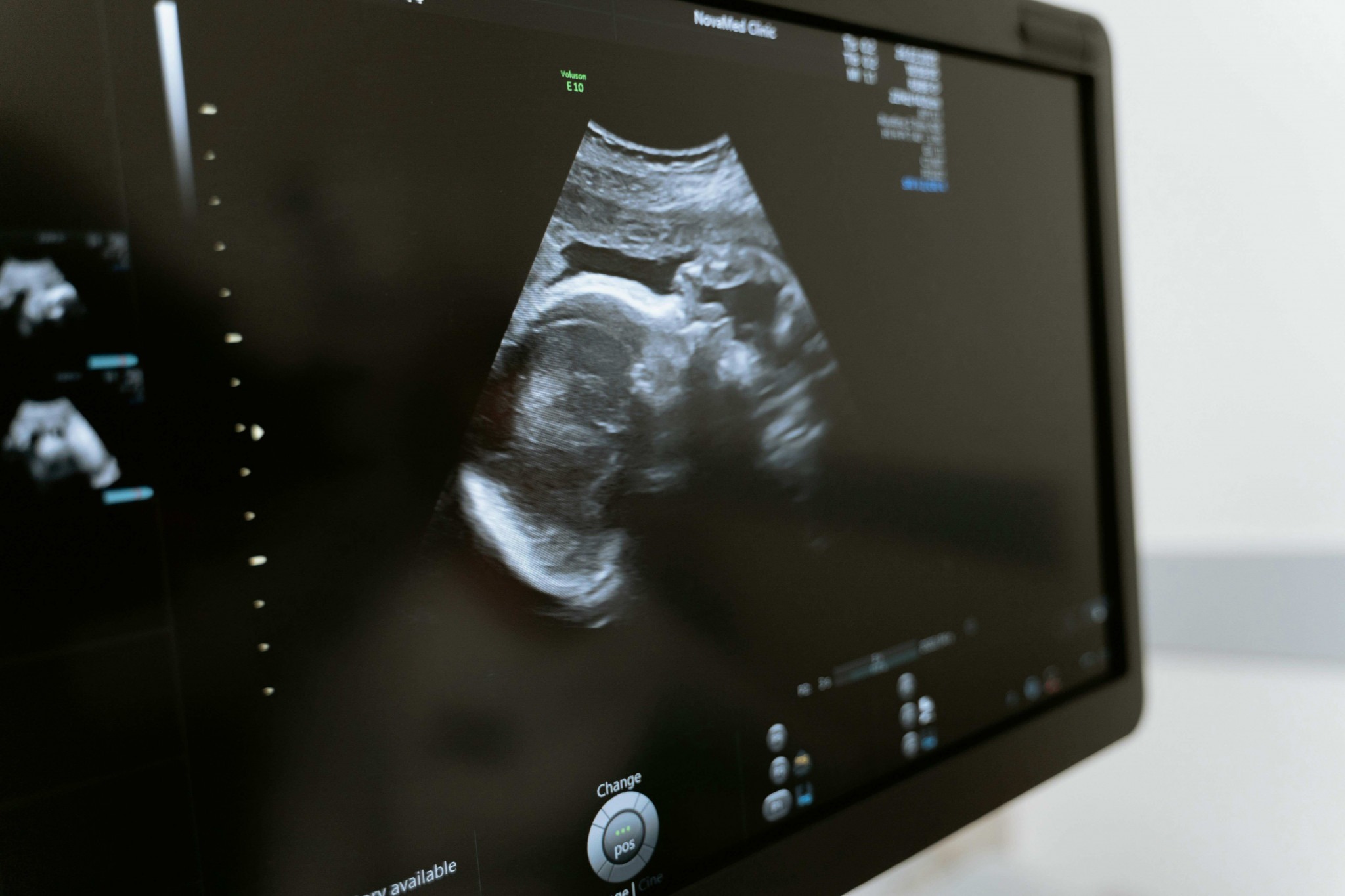The birth of the world’s ‘oldest’ baby: How long should embryos be frozen for?
Most thought that only Marty McFly could travel 30 years forward in Back to the Future Part II – until a baby from Ohio proved you don’t need ’80s Hollywood magic to zoom through time.
On 26 July 2025, Thaddeus Daniel Pierce was born to Lindsey and Tom Pierce using an adopted embryo from 1994. That’s the same year Mandela became president, the sitcom Friends premiered, and The Lion King roared onto our cinema screens.
The embryo came from Linda Archerd, who, after struggling to become pregnant, tried in vitro fertilisation, which is more commonly known as IVF. This is a scientific lab practice whereby eggs are fertilised outside of the body. This formed a zygote (an early embryo), which was placed into her womb. While one embryo resulted in a baby daughter (who’s now 30), the other three were stored.
The embryo underwent ‘cryopreservation’, which uses liquid nitrogen at extremely low temperatures (nearly -200 °C) to pause all metabolic processes without damaging the cell
Archerd, now 62, decided to put the remaining embryos in the Snowflakes embryo adoption program. One of these embryos was later adopted by the Pierces and inserted into Lindsey’s uterus late last year. A baby that was conceived the year the Spice Girls were formed was instead born in a time where the likes of Taylor Swift now rule the charts.
The embryo underwent ‘cryopreservation’, which uses liquid nitrogen at extremely low temperatures (nearly -200 °C) to pause all metabolic processes without damaging the cell. Vitrification is then used to drop the temperature rapidly while also making sure that the cell’s water doesn’t crystallise, and that it instead remains in a glass-like solid state.
So, theoretically, the embryos could last forever; however, malfunctions, human error, and power outages can cut short their shelf-life.
There are some ethical considerations to consider – divorce or death can mean choosing who has power to decide the fate of the embryos can be tricky. Religious objections also exist
But, as always, politics prevails, shown by the Human Fertilisation and Embryology Act of 2008. This meant that in the UK, the NHS can only store embryos for up to 10 years – or 55 years in special medical cases. It seems that the law, rather than the possibilities of science, is what calls for an end to their deep freeze.
They say Americans like to do things ‘bigger and better’, which seemingly also applies to embryonic law, as there is no time limit to storage in the States.
Obviously, there are some ethical considerations to consider – divorce or death can mean choosing who has power to decide the fate of the embryos can be tricky. Religious objections also exist, as in some religions it is said that life begins at conception, and, because some embryos die during the process, some suggest that human lives are lost.
Despite the complexities explained, stories like Thaddeus’s remind us of the incredible advances in the science and technology fields and provide hope for families who are facing infertility.
From frozen beginnings to first breaths, Thaddeus is proof that sometimes time travel doesn’t need a DeLorean time machine – just a little bit of science.

Comments